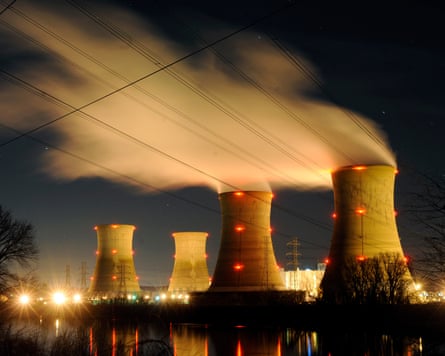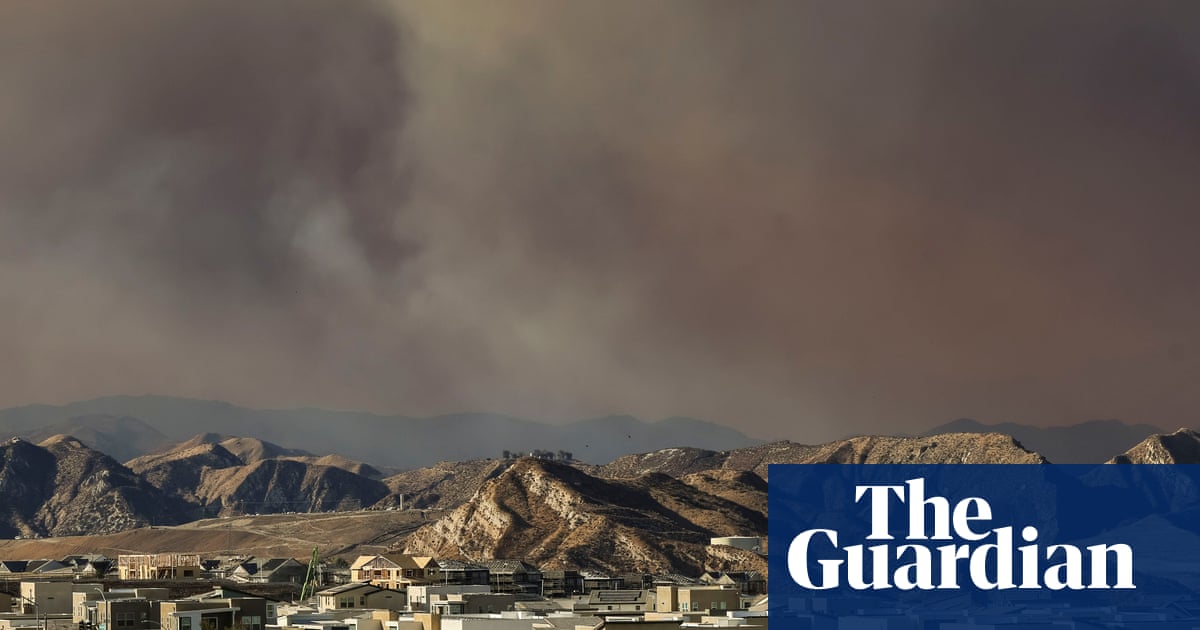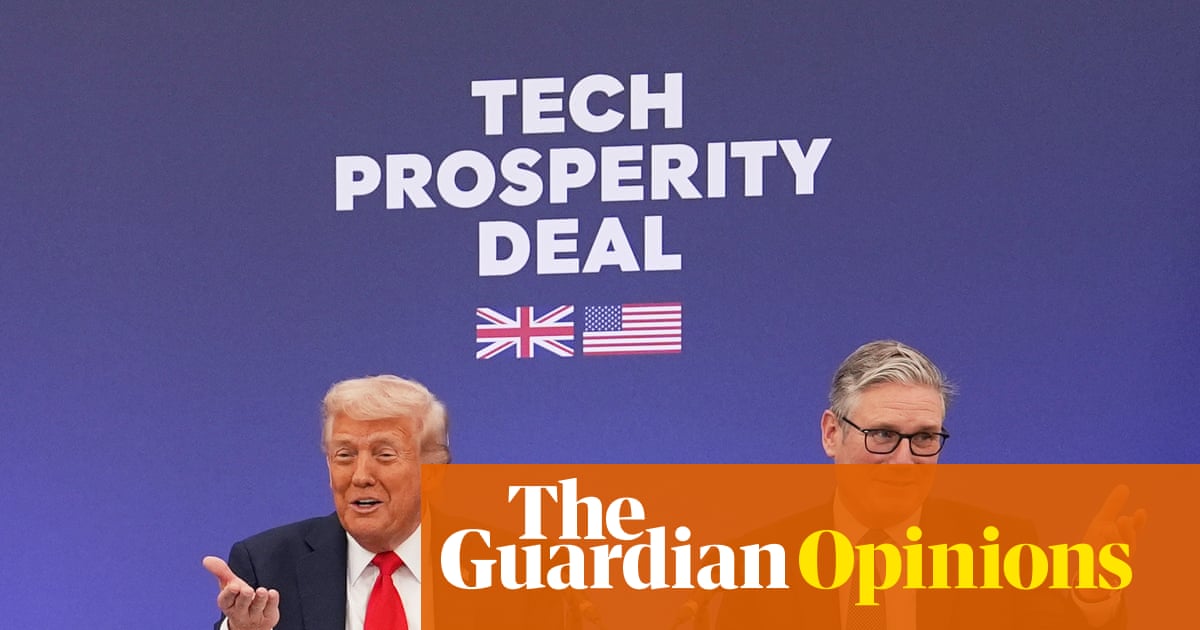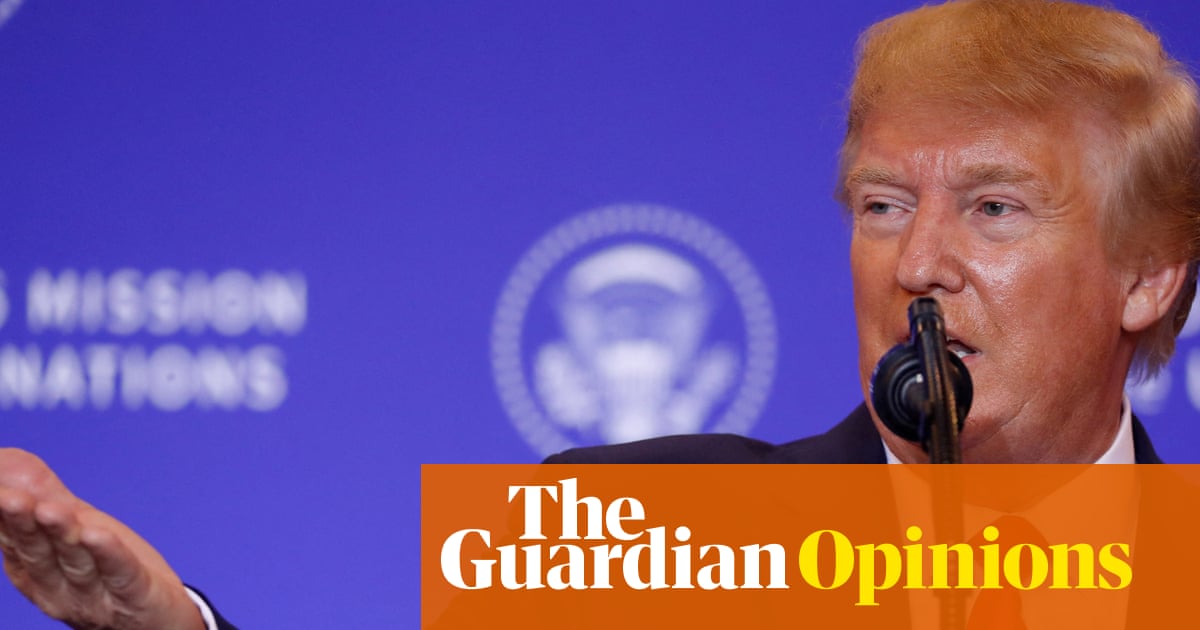When millions of people across the Iberian peninsula were left without power last month the political fallout ignited debate over Europe’s renewable energy agenda, and fuelled the rising interest in nuclear power.
Europe’s largest power blackout in decades, still largely unexplained, has raised questions about whether renewable energy can be relied on to provide a stable source of clean energy. It has also fuelled a renewed interest in the global nuclear power renaissance already under way.
Despite long-held environmental concerns about nuclear power generation, political leaders across the globe are increasingly looking to lift restrictions on nuclear reactors or invest billions in new projects to keep pace with the fast-rising demand for low-carbon energy, which is expected to accelerate as AI datacentres grow.
In Spain, the blackout has intensified an ongoing debate over the government’s plans to phase out the country’s remaining seven nuclear reactors by 2035. Support for the low-carbon energy source has re-emerged hand-in-hand with criticism of renewable energy, and its potential role in the outage.
Spain’s power grid relied on renewable energy for about 70% of its power at the time of the blackout, which experts believe may have made it more difficult for the energy system operator to keep the grid’s frequency stable.

The suggestion was vehemently denied by Spain’s prime minister, Pedro Sánchez, in the country’s parliament. Just hours after the blackout he said: “There was no problem caused by an excess of renewable energy. Those who link this incident to the lack of nuclear energy are either lying or revealing their ignorance.”
But even before the Iberian peninsula was plunged into chaos, critics of the government’s anti-nuclear stance had raised their concerns. A few weeks before the blackout, the chair of the renewable energy company Iberdrola, which owns a small stake in the country’s nuclear fleet, warned Spain against plans to shut all seven of its nuclear power plants by 2035.
Ignacio Galán predicted that Spain could see its electricity prices jump by a quarter and get a less reliable system if Madrid followed the example of Germany, which began to close its nuclear reactors following the Fukushima nuclear disaster in 2011 and completed the phase-out in 2023.
Days later Sama Bilbao y León, director-general of the World Nuclear Association, told a conference in Madrid that she was “concerned about Spain’s economic future without nuclear energy” because its economic progress would rely on “abundant, clean, and affordable energy, available every day, all year round”.
In Germany the hardline stance against nuclear power is already softening. Chancellor Friedrich Merz, who came to power in February, has criticised the previous government for shutting Germany’s last three nuclear power stations in the midst of Europe’s energy cost crisis and promised to explore whether it is possible to resurrect the plants.
Merz is not expected to back a return to new conventional nuclear power projects in Germany but he has vowed to invest in new technologies: such as small modular reactors (SMRs) and nuclear fusion. The Swiss government has also said it will lift the country’s ban on the construction of new nuclear power projects, which has been in place since 1 January 2018, to pursue SMR projects.
The tide against nuclear power is turning in countries beyond Europe too. In Australia the new coalition government wasted little time in lifting the country’s ban on nuclear generators with a promise to commit $36.4bn in equity for two projects that it says could be operating by the mid 2030s – and $118.2bn for the seven projects it has promised by 2050.
Later this summer Taiwan is expected to vote on whether to restart a nuclear reactor which shut just last week amid concerns on the island about the rising electricity demand of some of the world’s biggest chipmakers which are based there, and about energy security in the event of a military blockade by China.
The concerns about a looming surge in power demand driven by tech giants and the desire for secure, homegrown low-carbon energy sources are common in countries across the globe. This trend is key to the renewed interest in nuclear power.
In the US, the notorious Three Mile Island site in Pennsylvania will restart for the first time in five years after its owners struck a 20-year deal to power Microsoft’s energy-hungry AI datacentres. Tech companies including Amazon, Meta and Apple are all expected to consume vast amounts of energy to power the boom in AI, and nuclear has emerged as an increasingly popular option given its steady stream of 24/7 power generation.
after newsletter promotion
US President Donald Trump, who has taken aim at the Biden administration’s support for renewable energy, this month unveiled a series of executive orders aimed at delivering 10 large nuclear reactors by 2030, and quadrupling the country’s nuclear energy capacity by 2050. The move was welcomed by nuclear proponents as a step towards helping to lower emissions in the US while supporting Big Tech.
“Several big tech companies looking for low carbon, round-the-clock energy signed contracts for new nuclear capacity in the last year, and there could be more such deals ahead,” predicted the US investment bank Goldman Sachs earlier this year.
“The proliferation of AI data centers has boosted investor confidence in future growth in electricity demand at the same time as big tech companies are looking for low-carbon reliable energy. This is leading to the de-mothballing of recently retired nuclear generators, as well as consideration for new larger-scale reactors,” it added.

The growing demand for electricity may have piqued the interest of global government in nuclear power, but it is the breakthrough in new nuclear technologies which promises a new dawn for the industry. Whereas full-scale nuclear projects are notorious for spiralling budgets and delays, SMRs promise quicker, cheaper construction because the component parts can be built in a factory and assembled on site. But the technology has not been proven commercially.
Last year Google became the first company to ink an agreement to purchase nuclear energy from small modular reactors (SMRs), which are being developed by Kairos Power in the US. Small modular reactors are also being pursued by the US, South Korea, China, Russia, and Canada. The latter approved the construction of the first mini-nuclear reactor in the West earlier this month which is expected to begin operating by 2029.
In the UK, Keir Starmer unveiled plans for a historic expansion in nuclear power across England and Wales shortly after calling for tech companies to work alongside the government to build small modular reactors (SMRs) to power energy intensive AI datacentres across Britain. He said that he anticipated smaller reactors could begin operating in 2032 and become commonplace across Britain.
The nuclear industry’s detractors have played down the potential for SMRs to prove a gamechanger for nuclear energy. Dr Doug Parr, the chief scientist and a director at Greenpeace UK, said the Labour government had “swallowed nuclear industry spin whole, which is courageous – or stupid – given that not a single one has been built, and with the nuclear industry’s record of being over time and over budget unmatched by any other sector.”
He added: “As for the unsolved problem of nuclear waste management, government don’t see the need to mention it at all.” Nuclear power has seen false dawns before, but the industry believes the next decade could hold the key to its renaissance.

 3 months ago
161
3 months ago
161

















































